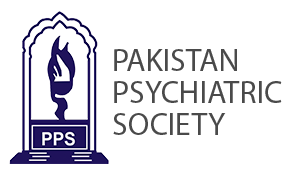Publication Ethics & Malpractice Statement
PUBLICATION MISCONDUCT
All publication misconducts are addressed by initially asking the corresponding author for an explanation in view of the available evidence. In the event of non-response or unsatisfactory response from the authors, the manuscript is discarded from consideration if unpublished, and retracted if published. Due notice of retraction will be placed both in print and on the website. The author(s) will be blacklisted for further submissions and considerations at the journal. The author(s) institutional Head will also be informed of the action in such a case. Other Editorial Associations may also be informed. Plagiarism and other publication misconduct, fabrication (picture as well), falsification, salami slice, duplicate submission, redundant publication, multiple submission, selective and misleading reporting, selective and misleading referencing are liable to strict action.
Disclaimer
JPPS is not responsible for statements made by contributors. Unless so stated, material in this journal does not necessarily reflect the views of the Editor-in-Chief, the JPPS, its Editorial Board, or the Pakistan Psychiatric Society. The publishers are not responsible for any error of omission or fact.




.png)









